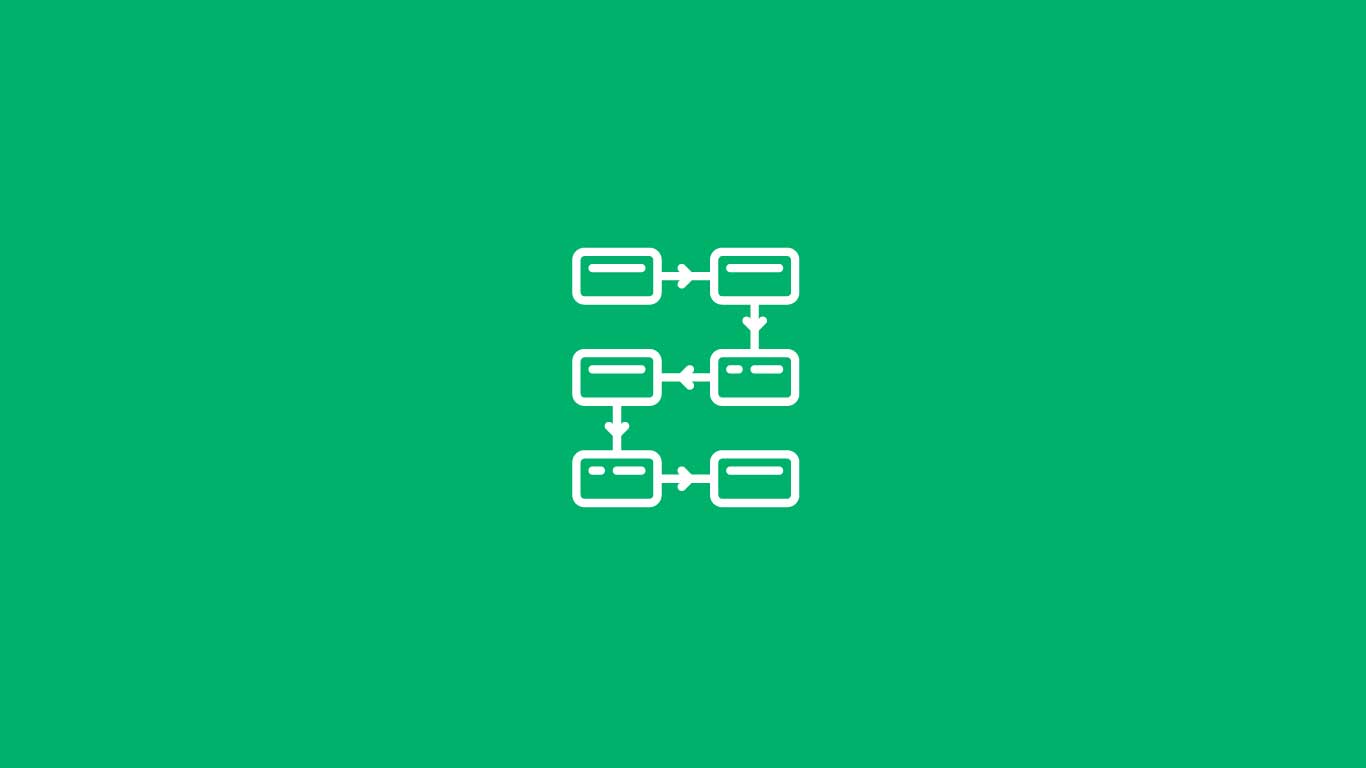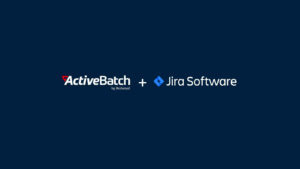How to Implement Workflow Automation Management for Business Success
Discover the benefits of workflow automation management and how to develop an implementation strategy. This article details what workflow automation is, how to develop a strategy for it, and important workflow automation best practices and use cases.

Overnight, traffic lights have disappeared. In their place are traffic cops waving their hands to control the flow of vehicles. We might expect a lot of traffic bottlenecks, accidents, and errors.
But the next day, the traffic cops have turned into an intelligent traffic management system with sensors, cameras, and automated signals that analyze traffic patterns, adjust signal timings, and optimize vehicle flow. That sounds a lot better.
Similarly, workflow automation uses technology to analyze, optimize, and automate business processes. The results include smoother operations, fewer bottlenecks, and improved efficiency. Plus, fewer traffic cops to pay.
The benefits of workflow automation include increased efficiency and productivity, budget optimization, better collaboration, flexible scalability, and minimal errors. Let’s look at how to develop a workflow automation strategy, implement it, get your teams to adopt it, and solidify workflow automation management best practices.
But first, let’s ensure we fully understand what workflow automation is.
Understanding Workflow Automation Management
Workflow automation entails using technology and software tools to automate business processes and streamline efficiency. Automated workflows reduce errors, make teams more productive, and optimize resources.
There are several key components of process automation management:
- Analysis of existing workflows to identify pain points, inefficiencies, and areas to improve
- Workflow design, including defining process steps, determining decision points, and optimizing for efficiency and effectiveness
- Understanding of automation solutions such as business process management (BPM), robotic process automation (RPA), and workflow management systems
- Clear business rules and validations that ensure processes adhere to predefined guidelines
- Data collection and analysis to provide insight into process performance, bottlenecks, and real-time metrics
Most teams are all in on workflow automation when they hear these components. They want to minimize human intervention (and the resulting human error) that results from humans doing repetitive, time-consuming manual tasks. But organizations do face common challenges in implementing workflow automation tools, including:
- Resistance to change: Employees may fear losing their job to automation, be unfamiliar with new technologies, and feel their current processes are sufficient. While effective, communication-based change management strategies are crucial to spurring adoption, it’s also wise to adopt an easy-to-use tool with a drag-and-drop interface, such as ActiveBatch
- Process complexity: Processes with multiple decision points, dependencies, or exceptions can be difficult to automate. Ensure your solution includes configurable functionality, pre-built templates and connectors, and a solution that works across any type of environment, whether on-premise, cloud-based, or hybrid.
- System integration: Some workflow automation tools do not integrate well with an organization’s existing tools and systems, which can complicate instead of simplify processes. Be sure to choose a workflow automation software like ActiveBatch that integrates with tools (like your ERP or CMS) and that provides accessible, low-code APIs
How to Develop a Workflow Automation Strategy
There is plenty of work to do before ever implementing workflow automation software. Here is an overview of pre-implementation considerations.
- Existing workflow assessment: Assess your current workflows, even if they are totally manual processes, and identify pain points, inefficiencies, and areas to improve. This is best done with team members and stakeholders from various departments for a full understanding of common pain points.
- Define your goals and objectives: Clearly understand (and communicate to teams) exactly how workflow automation will drive strategic outcomes and support business objectives. Example goals might include error reduction, improved efficiency, or enhanced customer experience.
- Select the best workflow automation software for your goals, business, and processes: Business process automation is unique to every organization. Look at aspects such as compatibility with existing systems, ease of use for technical and business teams, and overall cost-effectiveness.
Implement Your Workflow Automation
Once you’ve settled on goals and a workflow automation tool, it’s time to put your automation into gear. Here are some high-level strategic tasks to work into your implementation:
- Map workflows: Identify processes suitable for automation and visualize those workflows.
- Design streamlined processes: Ensure your teams create clear process definitions, task sequencing, decision points, and exceptions for workflows.
- Consider the scalability and flexibility of your workflows: Determine how workflows should handle increased work volumes and accommodate changing business needs.
Workflow Automation Best Practices
There are some best practices that will ensure your implementation and ongoing usage remain efficient:
- Standardize workflow processes and documentation: Establish standard naming conventions and maintain consistent documentation. Pull in process owners and SMEs for cohesive documentation.
- Continually optimize and refine workflows: Collect feedback from users and stakeholders to identify pain points and areas for enhancement. Track pre-established metrics and KPIs to assess workflow effectiveness.
- Leverage data analytics for insights and improvements: Data analytics help teams gain insights into process performance for data-driven decision-making. Always ensure that your analytics processes abide by data security, privacy, and compliance best practices.
- Encourage collaboration and continuous learning: Encourage your teams to share knowledge and collaborate across departments. A tool like ActiveBatch even allows business users to create, manage, and implement automated workflows without the need for IT, facilitating cross-team collaboration.
Workflow Automation Use Cases
Here are just some examples of workflow automation at work:
- Employee onboarding: Automate end-to-end Human Resources processes like generating offer letters, collecting employee information, initiating background checks, and provisioning system access
- Sales and marketing lead management: Automate lead capture from various sources and route them to the appropriate representatives for follow-up. Integrating workflow automation software with your CRM makes automating lead nurture activities like personalized emails a seamless process
- IT and support operations: Automate incident management workflows like ticket creation, assignment, and escalation. Teams can even streamline software provisioning and deployment processes, permissions management, and the password reset process.
- Supply chain and logistics: Automate repetitive tasks like order entry, inventory check, and shipping notifications. Develop an intelligent inventory management system that automates stock replenishment and optimizes inventory levels
Implementing effective workflow automation management strategies is vital for businesses looking to scale and thrive. Workflow automation empowers businesses to transform their operations, reduce manual effort, minimize errors, and adapt to changing business needs.
Frequently Asked Questions
An efficient workflow automation management tool must be simple to use, enable team collaboration, and fit in with your project management processes. The tool must also provide IT with a powerful set of tools that can achieve technical, complex tasks. Any good tool will integrate across any type of environment (on-prem, cloud-based, or hybrid) and easily integrate with your existing tools and workflows. It should be universally accessible within your organization and offer a self-service portal with a user-friendly interface so business users can create and manage workflows. Finally, the tool should be able to control automated processes across your entire environment from a single dashboard.
Discover how ActiveBatch meets all those requirements—and more.
RPA tools automate simplistic, repetitive tasks by interacting with user interfaces. Unfortunately, minor changes to a UI often result in broken processes. ActiveBatch is not an RPA tool. ActiveBatch is a workload automation tool (WLA) that interacts programmatically with applications and systems. WLAs are more efficient, and reliable, and offer a broader scope of process automation, and thus more suited to an enterprise-wide digital transformation.
Learn more about how ActiveBatch surpasses RPA tools.
Yes, ActiveBatch helps automate complex IT and business processes. ActiveBatch enables teams to improve IT governance and bolster security with workload automation that manages user permissions and protects scripts. Plus, it’s easy for IT teams to get up and running, with full API accessibility, hundreds of existing Job Steaps, and pre-built templates.
Find out why IT teams love ActiveBatch.







